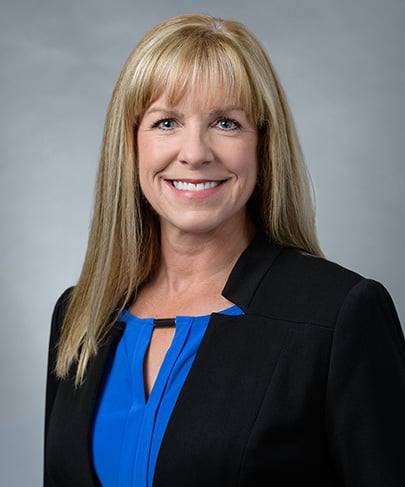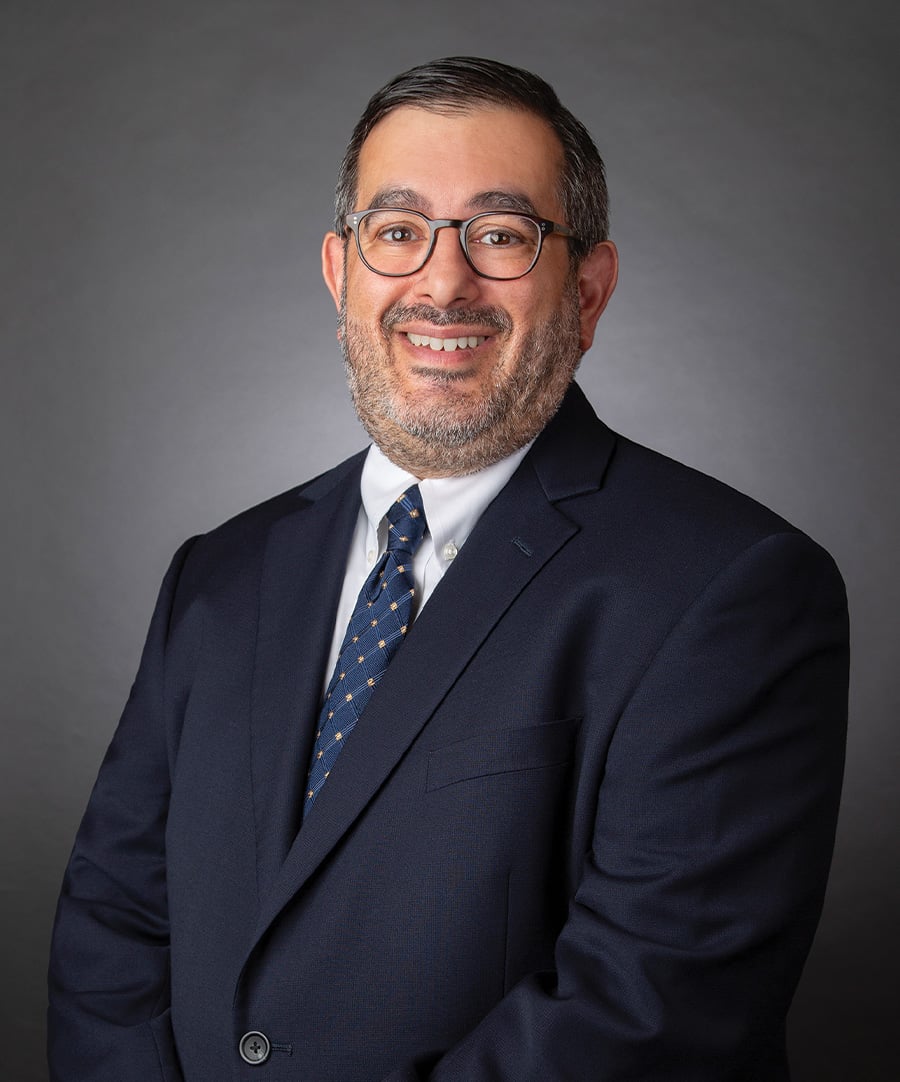Are We Living in The Jetsons’ Future? Telehealth, Broadband, and Policy Shifts
- Petro, Lee G. Ruppel, Kimberly J.
- Industry Alerts
Click “Subscribe Now” to get attorney insights on the latest developments in a range of services and industries.
The future of healthcare once seemed like science fiction—think of The Jetsons, the iconic 1960s animated show where families communicate via video calls and receive virtual checkups. But today, telehealth has rapidly become a reality, thanks to technological advances and broadband expansion. However, key funding mechanisms are now under scrutiny, raising questions about whether this future will continue to grow or stall.
Recent advancements in broadband infrastructure have fueled the rapid expansion of telehealth services. Underpinning this significant growth has been the expansion of the broadband infrastructure over the past five years to ensure that healthcare providers and patients have reliable communications services. However, two significant government actions last week could impact future funding and accessibility.
First, oral arguments were heard on March 26 by the Supreme Court regarding challenges to the Universal Service Fund (“USF”) Program. The USF Program is overseen by the Federal Communications Commission (“FCC”), which delegates the day-to-day operations of the USF Program to the Universal Service Administrative Company (“USAC”). Under the supervision of the FCC, USAC collects mandatory contributions from telecommunications carriers. The contributions fund several subsidy programs, including the Rural Health Care Program. This Program assists eligible healthcare entities in connecting with affordable telecommunications and broadband services. In 2024, the Rural Health Care program provided over $530 million in support to more than 13,000 eligible healthcare providers.
The oral arguments focused on whether Congress had impermissibly delegated its taxing authority to the FCC for requiring carriers to contribute to the USF Program and whether the FCC impermissibly delegated the management of the USF Program to USAC. The Supreme Court has not found an impermissible agency delegation in over ninety years, and the tone of the justices’ questioning during the oral arguments suggests that it will deny the challenge. A decision is likely not to be issued by the Supreme Court until the end of its term in June 2025.
Should the challenge to the USF Program be successful, one possible alternative that policymakers have discussed is the direct funding of the USF Programs by Congress.
On March 25, the FCC released a final report on its COVID-19 Telehealth Program, which was directly funded by Congress rather than the USF.
The FCC’s report on the COVID-19 Telehealth Program highlights how quickly the healthcare system adapted to a virtual-first model—something even the Jetsons would have taken for granted. Video consultations, remote patient monitoring, and digital medical records became the norm overnight, proving that futuristic healthcare is not just possible but essential.
The program distributed $456.4 million to 985 healthcare providers nationwide, expanding telehealth access and innovation. Key findings highlight its success, with 93% of providers reporting patient benefits and 72% citing innovation boosts.
Rather than draw on USF funds like the Rural Health Care Fund discussed above, Congress directly funded this Program, first with an initial budget of $200 million through the CARES Act and then a second round of funding amounting to $249.95 million through the Consolidated Appropriations Act of 2021, signed into law on December 27, 2020. The Program provided funding commitments totaling $456.4 million to 985 healthcare providers across all 50 states, the District of Columbia, and U.S. territories.
The FCC Report highlights several key findings from the COVID-19 Telehealth Program:
- Effectiveness and Impact: The Program was overwhelmingly successful, with 93% of respondents reporting that it benefited patients and 95% stating that the supported purchases were helpful in preventing, preparing for, or responding to COVID-19. The Program facilitated the expansion of telehealth services, improved patient outcomes, and supported locally designed pandemic response measures.
- Telehealth Innovation: Approximately 72% of respondents indicated that the program funding promoted telehealth innovation. In particular, the support funded efforts to implement new telehealth systems and integrate them with existing medical records, which enhanced patient care and management.
- Patient Treatment Protocols: The Program significantly affected patient treatment protocols, with 69% of respondents reporting changes. These changes included expanding tele-ICU services and using remote monitoring to improve patient care.
- Health Care Facility Administration: The Program positively impacted facility administration, with 53% of respondents noting improvements in enabling remote work for non-frontline workers and maintaining communication between administrators and health providers.
- Expansion to New Locations: The funding allowed applicants to expand the availability of telehealth services in their communities, including schools and alternate care facilities, thereby increasing access to care.
The Report also suggested several recommendations for future programs:
- Balance Between Controls and Flexibility: Future programs should balance the need for program controls with the flexibility to allow healthcare providers to adjust their telehealth plans without excessive administrative burdens.
- Up-Front Funding: Policymakers should consider providing up-front funding in the form of grants rather than reimbursing expenses to facilitate participation by financially stressed healthcare providers.
- Transparent Eligibility Rules: The FCC should adopt more transparent eligibility rules for services and devices to encourage greater participation in the Program.
Not only did the COVID-19 Telehealth Program demonstrate significant success in enhancing telehealth capabilities and improving patient care during the pandemic, but the findings and recommendations also provided valuable insights for designing and implementing similar programs. These insights will be especially relevant if Congress and the FCC must go back to the drawing board concerning the Universal Service Fund.
Whether funding is continued through the Universal Service Fund or another direct payment initiative, the need for additional financial support is evident. The rural and senior populations, in particular, remain underserved in terms of telehealth access parity. CARES Act funding was used to expand broadband access, use of remote patient monitoring devices, education, and security systems, among other programs.
While we may not have flying cars, telehealth has propelled us closer than ever to the Jetsons’ vision of futuristic medicine. Yet, as the Supreme Court weighs a case that could upend its funding model and the FCC highlights the success of direct congressional support, the path forward remains uncertain. The question now is whether policymakers will steer us toward a fully connected healthcare future—or if we’re headed for turbulence, leaving rural and underserved communities at risk of being left behind.
Related Practices
Contacts

Recent Insights
- Industry Alerts U.S. Supreme Court Splits the Baby as It Stays the Private Employer Vaccine or Test Mandate but Keeps the Healthcare Vaccine Mandate in Place
- Industry Alerts DACA Renewal Employer Advisory Alert: The C33 Category
- Industry Alerts U.S. Treasury Department Suspends Enforcement of Corporate Transparency Act for U.S. Citizens and U.S. Companies
- February 19, 2025 Webinars Reading the Tea Leaves: Investigations, Compliance, and Enforcement Trends under the New Administration
- December 23, 2024 Media Mentions Mark Wilson was recently featured in the Crain's Detroit Business segment, “Notable Nonprofit Board Leaders 2024.”
- December 04, 2024 In the News Ralph Levy’s article, “Impact of Connelly Decision on Buy-Sell Agreements for Physician and Other Practice Groups,” was recently published in the Journal of Health Care Compliance.
- November 11, 2024 In the News Reuters recently published Sara Jodka's article, "HIPAA-free zone? Think again: the surprising state laws regulating collection of health and fitness data."
- October 21, 2024 In the News Dustin Plumadore Joins Dickinson Wright Washington, D.C. Office
- October 16, 2024 In the News Ralph Levy and Cyndi Moore’s article was recently published in the Journal of Health Care Compliance, "Tax Issues in Issuance or Repurchase of Equity in Physician and Other Practice Groups."

